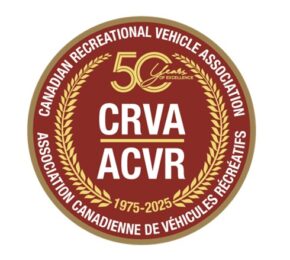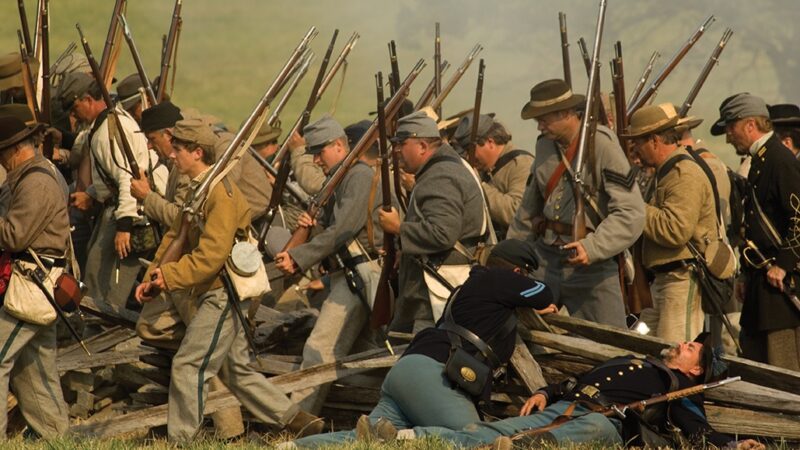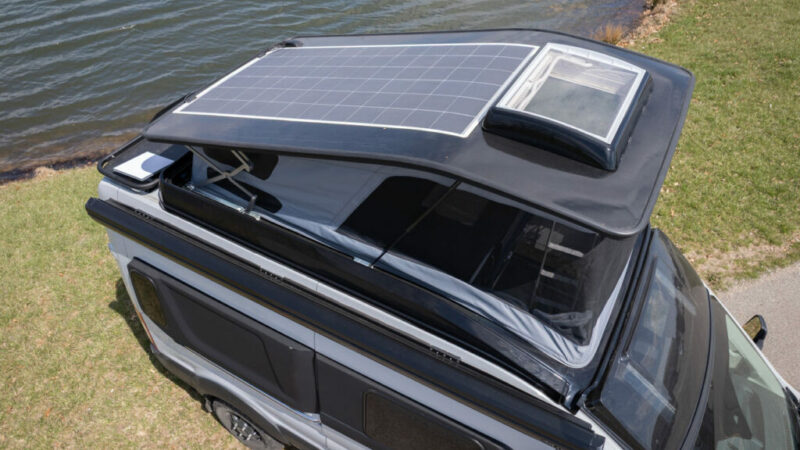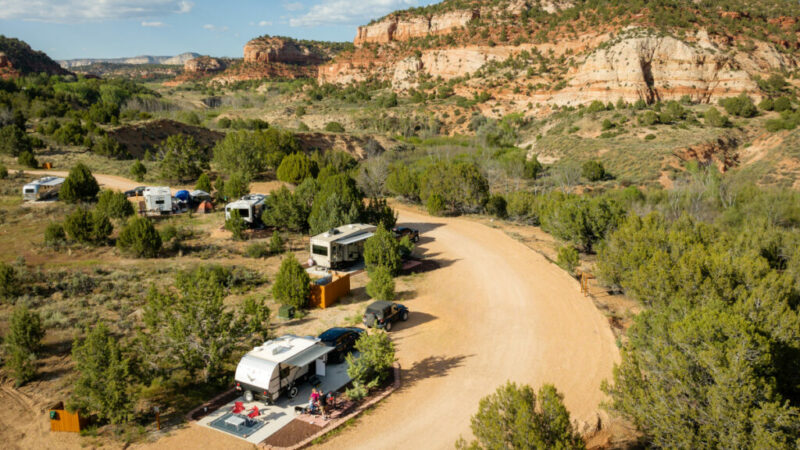Discovering Saskatchewan’s Prince Albert National Park
By James Stoness
On your next journey through Saskatchewan you might contemplate spending a few days camped in the shade of a grove of rustling trees. From the nearby lake would come the relaxing sounds of the waves and the crazy song of the loon. No, this is not a wild dream, although those of you who never leave the TransCanada might think so.
The picture of Saskatchewan that frequently comes to mind is that of vast rolling fields of wheat, grain elevators, and long, long vistas, a place where the sky meets the horizon low down, and it all looks the same.
Well, that’s Saskatchewan for sure, but so is this. Take time to visit the Saskatchewan of aspen and grassland, of dark arboreal forest, sparkling lakes, and rippling streams, and not cattle, but bison, moose and elk, and bears.
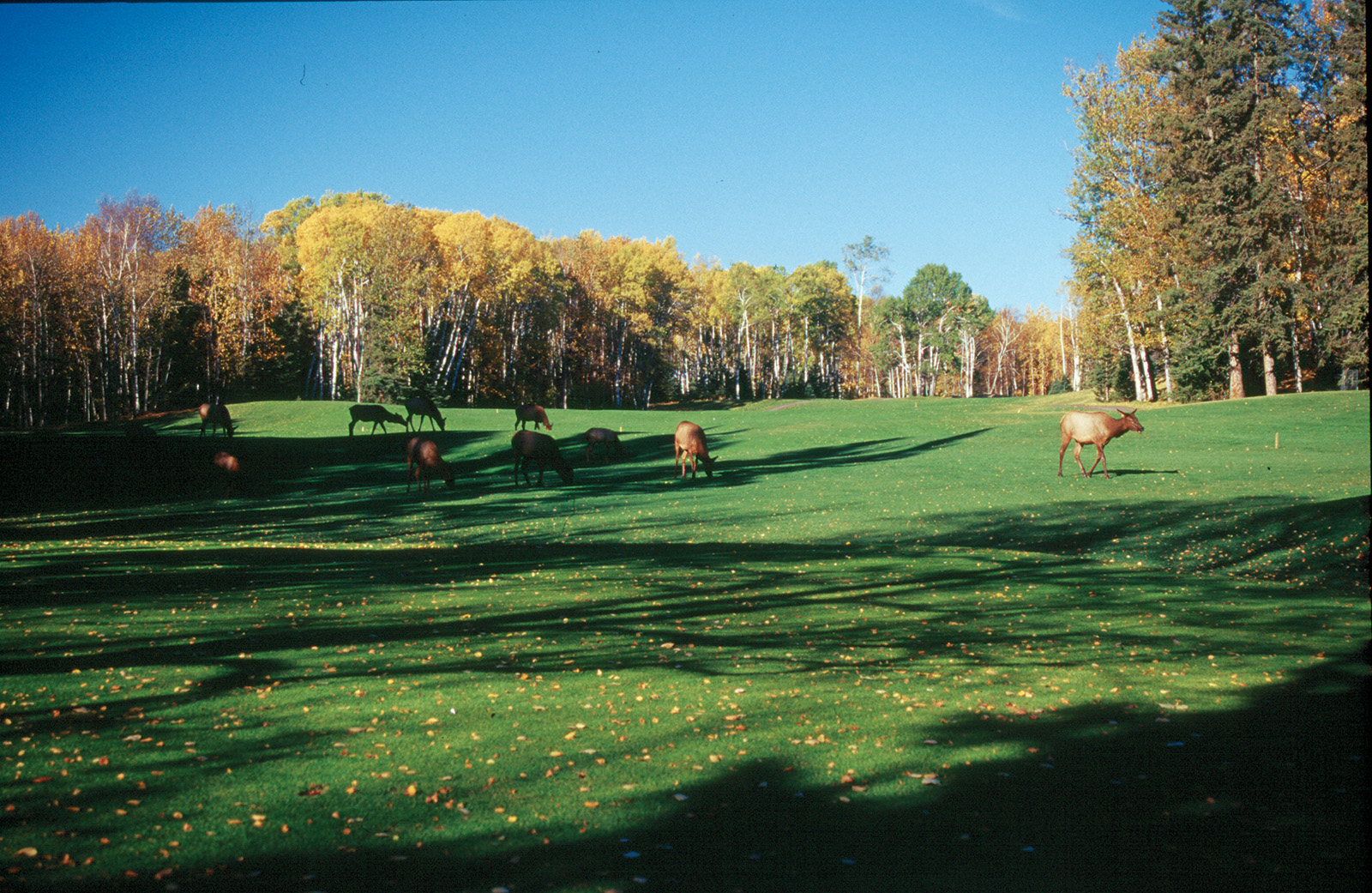
This land awaits the traveller who heads north of the city of Prince Albert. Here the rugged Canadian Shield runs northwest across the province creating a land of pristine lakes, rivers and thick forests. The Shield has some of the oldest exposed rocks in Canada, those of the very roots of the continent. At one time it was composed of great mountains, long ago eroded by water and the elements, and then polished and ground down by the great Continental ice sheets that pushed down from the north. In the places where these rocks are exposed you can see the rounded ends of the rock, and the scratches in the surface caused by boulders dragging in the bottom of the moving ice.
It is in the midst of all of this that the government, in 1927, created a 3,888 square kilometre park. The park enclosed a sample of grassland in the south with groves of aspen merging to a land of lakes and thick dark spruce forests as you move to the north. Inside its boundaries are 1500 lakes of all sizes.
The sheer size of this park means there will be something for everyone. If you like canoeing you couldn’t ask for more. The canoe routes will take you beyond the edge of civilization where the street lights and traffic will not ruin your outdoor experience. How wonderful it will be to listen to the cackledoo cry of the loon as the sun sets, or the shivering howls of a couple of wolves talking to each other across the lake. Some nights you will be treated to nature’s splendour as the northern lights dance across the sky.
Carla Flaman, the park’s communications manager, told me that their goal is to provide experiences that take you close to nature so you can enjoy the tranquility that the forest provides, and at the same time have a safe and enjoyable time. Those planning on spending time in the backcountry need to be aware of the dangers, and their own limitations. Backcountry trips require a permit, and you need to reserve your campsite at the same time.
Canoe trips range from day trip length to several days. Some routes are easy, with no portaging. Others, as you would expect require you to link from lake to lake or stream and there will be portages. One of the most interesting portages is the rail trail portage into Kingsmere Lake. Here you will find a 1 km set of rails and two carts to fit the tracks. A larger 4-wheel cart is available for boats while a lighter 2-wheel cart can be used for canoes or kayaks. Of course, this isn’t quite like it was when the fur traders had to portage, carrying their load and their canoe across the rough terrain. There are cautionary warnings about keeping near the shores on Kingsmere Lake because of the speed with which a calm lake can become dangerously rough when the wind rises. This is probably true for Lake Waskesiu and Creen Lake as well. We’ve seen some very windy conditions from the wharf on Lake Waskesiu.
Most RVers will likely head for the town of Waskesiu (wask-a-soo) where the largest campgrounds are located as well as hotel rooms, cabins and motels. You can get meals here, and stock up your camp with groceries, and perhaps stop at the library for something to read on the beach.
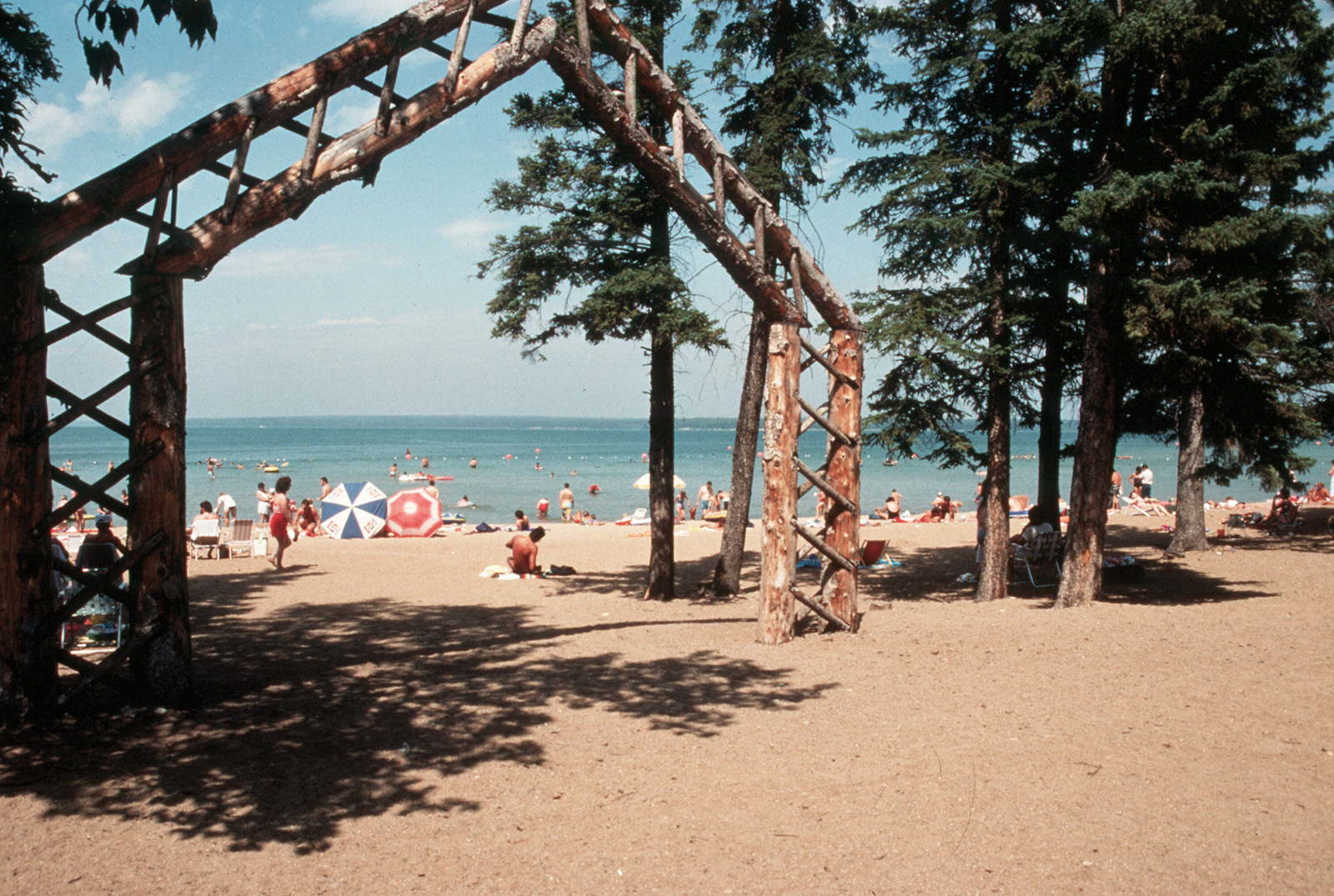 The Waskesiu Trailer Park contains 152 sites with full hook-ups, washrooms and showers. Nearby Beaver Glen Campground has 213 sites. Washrooms, showers and kitchen shelters are spread throughout the camping area for your convenience. Recently, these camps have been receiving upgrades to better accommodate the larger RV’s.
The Waskesiu Trailer Park contains 152 sites with full hook-ups, washrooms and showers. Nearby Beaver Glen Campground has 213 sites. Washrooms, showers and kitchen shelters are spread throughout the camping area for your convenience. Recently, these camps have been receiving upgrades to better accommodate the larger RV’s.
The kids will love the sandy beach. It’s a perfect place to dig deeply and to build immense castles of sand. The cool water is close and is a good place to rinse off the accumulated sand before heading back to camp. A walk out onto the long breakwater provides an excellent place to watch the sailboards taking advantage of the afternoon winds. Some of these are quite colourful to watch as they skip their way over the whitecaps.
When the waves are high the breakwater can be a wet place to be as the waves pound into the concrete and cover the walkway with spray. Lake Waskesiu has excellent fish and this is frequently the place where you can see them being pulled out by the ardent anglers.
For those who wish to get away from the village atmosphere, twenty-five kilometres northwest you will come to Narrows Campground. A few years ago several of the mature white spruce and jackpine were cut for safety reasons and the area was replanted with 3000 white spruce seedlings. The 87 sites here are serviced with washrooms, fireplaces and sewage disposal facilities.
The park has been experimenting with the use of solar power at the Narrows in order to cut back on the use of their large generator. Recently they’ve added more solar panels and storage batteries to increase their capacity. New requirements made it necessary to add water treatment and a deeper well. These additions, as well as a general increased electrical use, required these updates.
South of Waskesiu there are smaller more primitive campgrounds. These are found at Sandy, Namekus, and Trappers Lakes. These have outdoor toilets and fireplaces, and being smaller than the Narrows and Beaver Glen campgrounds you may find them quieter, and perhaps they will provide a more isolated feeling. During weekends and at other busy times camps are taken rapidly. It is wise to arrive early to avoid being sent to the overflow area.
This park really excels in its hiking trails. Enjoy a nostalgic walk following an old freight trail dating back to the era when furs were packed along it. The trails range widely in length but there are a few that are short enough for a leisurely stroll allowing you lots of time to investigate the plants and animals and just enjoy a walk in the woods.
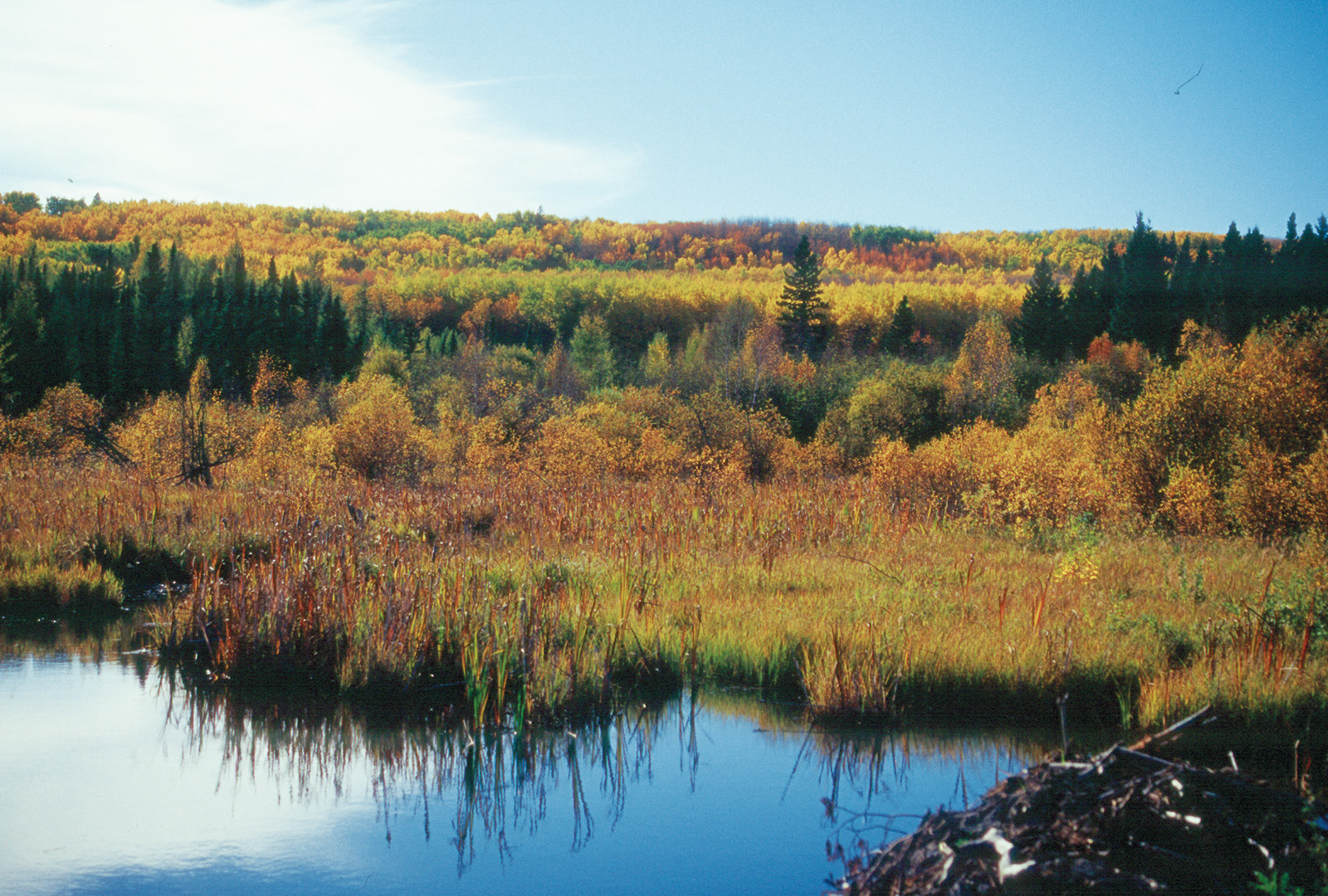
One of those is the Boundary Bog Trail. Forests tend to naturally fill in open areas with a process called plant succession. The process takes place in meadows, and also in swamps, marshes and small lakes. As the roots grow towards the marshy areas, other plants grow on top. The top becomes quite dense and you can often walk on it although it may feel spongy and bounce underfoot. Below the top layer there may be a layer of water. Once in Northern Ontario, I saw a hole in one of these mats where a fisherman had fallen through and had to be rescued by his friends.
On the Boundary Bog Trail you walk on 600 metres of boardwalk in the midst of a black spruce and tamarack succession forest. Here you can see the various coloured mosses of oranges, reds and browns, and many other shades. This bog also has cranberry, pitcher plants and rosemary. Depending upon the season they can be quite colourful.
The park consists of three biologically different regions. In the southwest corner there is a region of fescue grasslands. To the north there is the original boreal forest, thick, dark and mysterious. In between lies the mixed-wood forest of aspen and spruce. The great diversity in plant and animal life that you can see within the confines of the park is the result of the differences in each of the three regions.
The woodland caribou inhabit the northern part of the park. Dan Frandsen, conservation biologist, said that several of the caribou are now fitted with GPS collars to help staff learn more about their travels. This could help them find out how human activity to the north will affect the caribou. The woodland caribou tend to live in the wetter regions where there are abundant plants and lichen for them to feed upon. Predators such as wolves often avoid these areas which improves the survival rate of the young caribou.
You can encounter elk, or wapiti, on your travels. Imagine waking up to the sounds of their high pitched bugling. You’ll not likely forget the sound once you’ve heard it close up on a nearby hill. The elk are now often found in the swath of land that was cut as a firebreak around Waskesiu, and on the golf course.
In the far northwest corner of the park is Lavallee Lake which is sanctuary to the second largest white pelican colony in Canada. This is normally out of bounds to visitors.
The bison live in the sedge meadows of the south although they also roam northward, grazing in the open areas and wooded lands. Some of the hiking trails in the south will take you through small sections of a now rare species of grasslands, the fescue grasses that once covered the plains. If you encounter a herd of buffalo treat them with respect. These creatures may look like peaceful cows, but don’t you believe it. Several visitors to such herds have been badly injured by these `peaceful’ animals charging them. Quietly slip away and give them a wide birth. Dan Frandsen, conservation biologist, told me that this herd of Plains Bison is the only free ranging herd of bison in Canada. Although there are captive herds in other places, in Prince Albert NP animals run free in their natural state.
There is a wide variety of trails in the south, many of which are used by bicyclists in the summer, and by cross-country skiers in the winter. Some of these are old abandoned park roads and fire access routes.
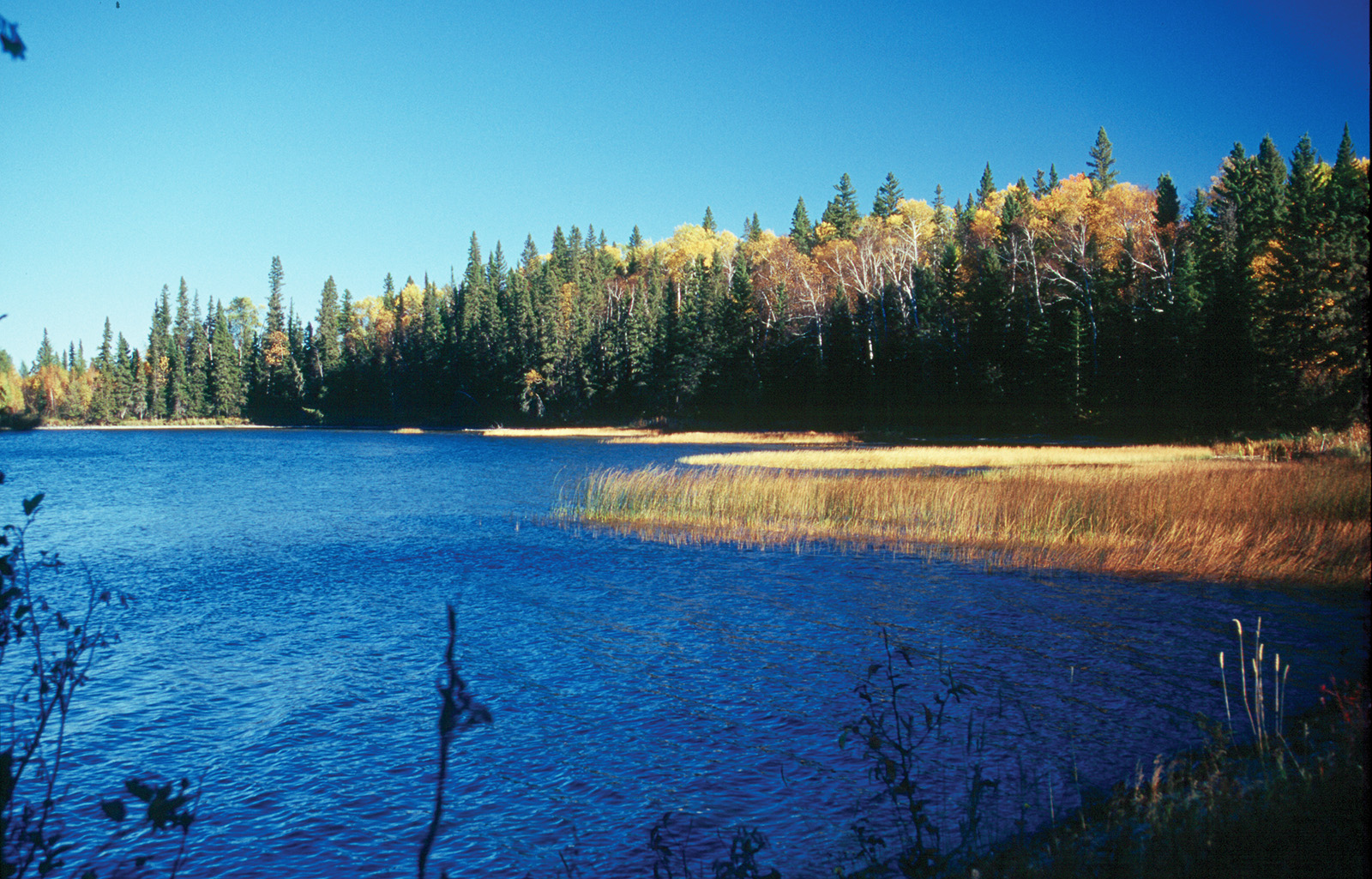 We drove over to the Waskesiu Golf Course which is well laid out along the groves of trees on the rolling hills overlooking Lake Waskesiu. We were fortunate to see the famed golf course with elk grazing and dozing on one of the greens. It makes an interesting obstacle to talk about when you get home, especially if your ball lands in amongst them.
We drove over to the Waskesiu Golf Course which is well laid out along the groves of trees on the rolling hills overlooking Lake Waskesiu. We were fortunate to see the famed golf course with elk grazing and dozing on one of the greens. It makes an interesting obstacle to talk about when you get home, especially if your ball lands in amongst them.
Canadians are very lucky to have this park. Many parks are created to protect areas of unusual interest, or regions that may be ecologically sensitive. When this park came into being the northland was completely wilderness and there was some question as to the saneness of creating a park here. Now, a little more than half a century later, man has brought his influence right to the edges of the park. Now it’s an island of wilderness amid land which is wilderness no more. Along the southern edges, farmland has been cleared, making a mosaic of fields and trees similar to the fields in the east. Along the rest of the park boundary there are places where the thick forest has been cut for pulpwood right to the very edge. Civilization has moved in upon the park’s boundaries, and the surrounding extensive wilderness is now gone. Dan Frandsen says that new methods of timber cutting will leave groves of trees, doing away with the total clear cutting methods of the past. You would find it interesting to view this area using Google Earth on the internet. It’s slow on dial-up but the view is worth the wait.
Prince Albert National Park is an excellent place for a little rest and relaxation when you are travelling across the country. It’s a little off the regular TransCanada but worth the drive. When you leave the park you might take some time to visit the sites of the Riel Rebellion at Batoche and Duck Lake. This region is rich in Canadian history and worthy of some of your time.
For additional information please contact:
Prince Albert National Park:
Box 100
Waskesiu Lake, Saskatchewan
Canada S0J 2Y0
https://parks.canada.ca/pn-np/sk/princealbert


